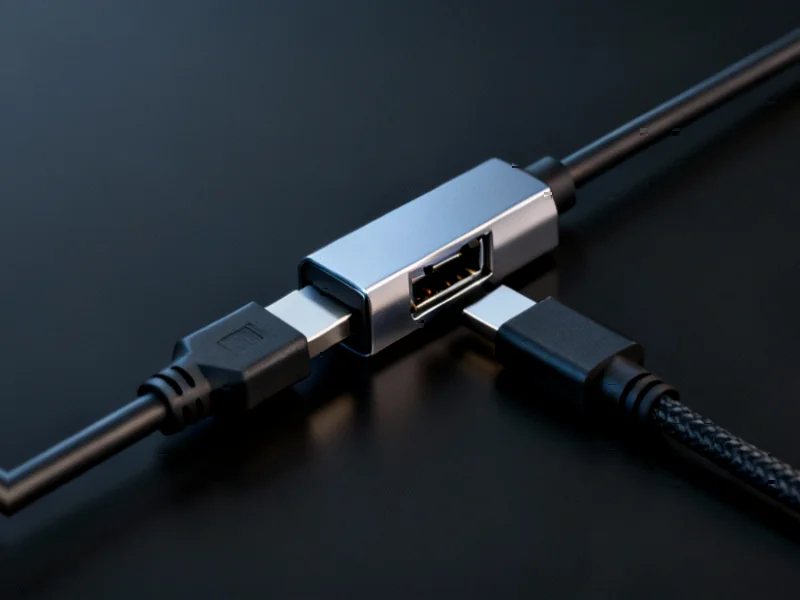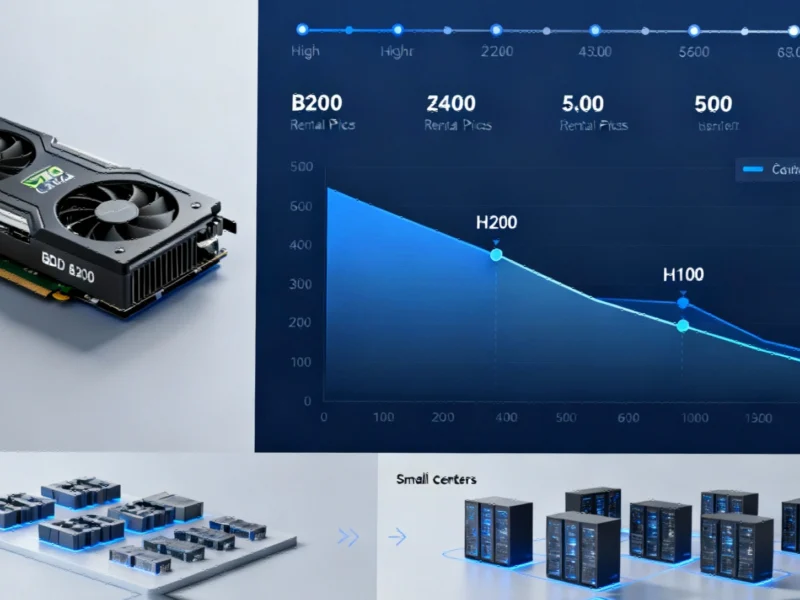Samsung’s Semiconductor Redemption Arc
After facing significant challenges with its 3nm manufacturing process, Samsung is positioning its upcoming 2nm Exynos 2600 chipset as a technological turning point. The company‘s previous struggles with yield rates and thermal management not only limited Exynos 2500 deployment but also hampered its ability to attract external clients to its foundry business. Now, with substantial improvements in 2nm production capabilities, Samsung appears ready to reclaim its position in the competitive semiconductor landscape.
Table of Contents
Galaxy S26: A Full Exynos Deployment Strategy
Industry reports suggest Samsung plans to utilize the Exynos 2600 across the entire Galaxy S26 lineup, marking a significant departure from recent regional chipset variations. Even the premium Galaxy S26 Ultra is expected to feature the 2nm Exynos processor in most markets, with only Japan, the United States, and China receiving devices powered by Qualcomm’s Snapdragon 8 Elite Gen 5. This comprehensive deployment strategy represents a major vote of confidence in Samsung’s internal manufacturing capabilities.
External Validation Through Major Partnerships
The credibility of Samsung’s 2nm technology has already received external validation through substantial commercial agreements. Tesla’s recent $16.5 billion deal with Samsung demonstrates that industry leaders are willing to trust the company’s advanced chipmaking expertise. This partnership, focused on automotive semiconductors, suggests that Samsung has addressed previous technical concerns sufficiently to secure one of the most demanding clients in the technology sector.
Leadership’s Confidence in AI Semiconductor Dominance
Samsung Device Solutions CTO and President Song Jae-hyuk has publicly emphasized the strategic importance of the 2nm process in establishing leadership within the AI semiconductor segment. “Our 2nm roadmap is designed not just to meet current demands but to anticipate the computational needs of next-generation artificial intelligence applications,” the executive noted in recent statements. This vision aligns with industry trends toward specialized AI processing capabilities in mobile and edge computing devices.
Manufacturing Breakthroughs and Yield Improvements
Internal sources indicate that Samsung has made substantial progress in addressing the yield issues that plagued previous generations. Current yield rates for the 2nm process have shown marked improvement, with company targets aiming for approximately 70% production efficiency by late 2025 or early 2026. These manufacturing enhancements could provide the foundation for:, as previous analysis
- More consistent chip performance across devices
- Reduced production costs and improved profitability
- Greater capacity to serve both internal and external clients
- Enhanced competitiveness against TSMC’s advanced nodes
Market Implications and Competitive Landscape
The successful deployment of Exynos 2600 could reshape the mobile processor market dynamics. Samsung’s ability to produce millions of reliable 2nm chips for its flagship devices would demonstrate foundry capabilities that could attract additional fabless semiconductor companies. As the industry continues its relentless pursuit of smaller process nodes, Samsung’s 2nm breakthrough might represent the company’s best opportunity to close the gap with foundry market leader TSMC and establish a sustainable technological advantage.
Related Articles You May Find Interesting
- How Cloud-Native Infrastructure is Revolutionizing Real-Time Payments and Financ
- The Future of Fire Prevention: How Plant Traits and Moisture Monitoring Could Re
- Revolutionizing Cloud Security: Advanced DDoS Detection Through Hybrid AI and Fe
- Revolutionary AI Navigation System Helps Visually Impaired Navigate Indoor Space
- Optimizing Engine Performance with AI-Driven Nano-Additive Biodiesel Solutions
References & Further Reading
This article draws from multiple authoritative sources. For more information, please consult:
This article aggregates information from publicly available sources. All trademarks and copyrights belong to their respective owners.
Note: Featured image is for illustrative purposes only and does not represent any specific product, service, or entity mentioned in this article.



